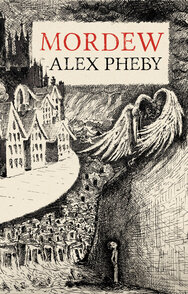
It’s a year or so now since I heard that Alex Pheby’s third Galley Beggar Press novel was going to be fantasy. I was intrigued as to what sort of fantasy novel Galley Beggar might publish, but also wanted to have some idea of what Pheby’s other work was like. That’s what led me to read Lucia earlier this year. It was a powerful experience of vivid language… and so was Mordew.
Reading this book took me back to China Miéville’s Perdido Street Station, and the sense of a fantasy novel that was vibrant and wide open, that could go anywhere it wanted. Mordew is built on archetypal foundations: Nathan Treeves, a boy from the slums with a mysterious ‘Spark’, is sent on a mission by the powerful Master of the city of Mordew. There are echoes of many a classic fantasy city, but Pheby’s novel is something all of its own.
For a start, there’s the writing. Here, towards the beginning, is Nathan wading through a patch of Living Mud, which can spontaneously generate life-forms:
Deeper and there were things brushing his knees, some the size of a finger, moving through the darkness. Then, occasionally, the touch of something on his thighs, seeking, groping, flinching away by reflex. There was nothing to fear – he told himself – since whatever these things were, they had no will, and would be dead in minutes, dissolving back into the Living Mud. They meant nothing to anyone. They meant nothing.
It’s easier for Nathan to tell himself these things are nothing than for him to act that way in reality. This passage made my skin crawl when I read it!
Mordew also lingers in my mind because of the extent to which Pheby pushes his novel’s imagination. I could list examples, but I find that I don’t want to, because a large part of this novel’s effect lies in the discovery. Suffice it to say that, if you like the sound of Mordew, I highly recommend it.
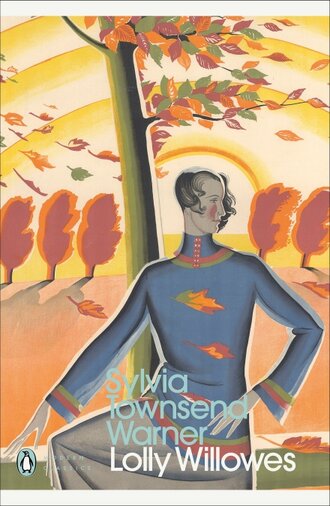
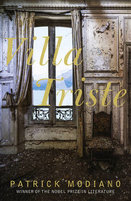
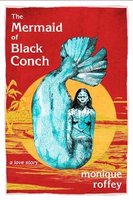
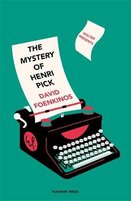
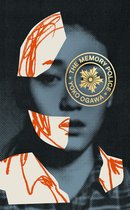

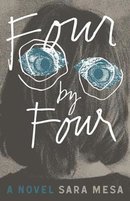
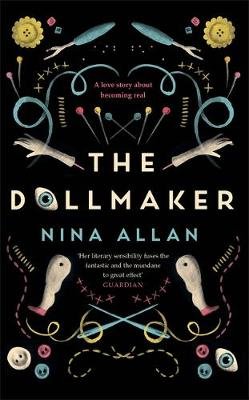
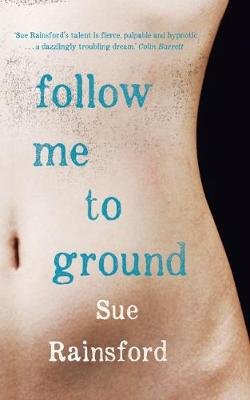
Recent Comments